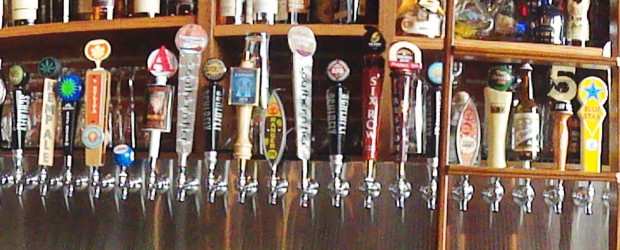As rare as it is for American craft beer drinkers I’m not huge on the IPA. I’m more of a lager guy who loves clean malt character, subtle yeast tones and of course some hop bitterness. IPA however is all about hop character. It’s total hop character not just bitterness. People what hop aroma, flavor and bitterness all in circus with enough malt to balance you through multiple liters. It’s truly assertive madness brought in to temporary balance.
As a brewer I work to brew beers to please not only my own thirst but that of my friends. IPA and American pale ale have been my latest test as it may be. This goal brought on by initial failures a year or so ago. The beer was always too harsh or too malty with inappropriate balance. Several things were tried. Water profiles, late hop additions, popular hops, lower Alpha hops, different grain bills, percentages and brewing techniques. HOWEVER one thing I noticed is regardless of these combinations the number one thing was without doubt simply tasting the beer and waiting for it’s ideal drinking time.
This seems obvious.
But it isn’t. Through my learning many stressed that IPA and pale ale need to be enjoyed young. Most podcast I listened too reveled in enjoying fresh out the brewery beer at whatever West Coast brewery they were enjoying. This I know led myself and other home brewers to believe that such beers were always best right out the gate a week after dry hopping and carbonation.
This isn’t always true.
Some people may very much enjoy beer with offensively perfumed hop character that you get from American hops a week after dry hopping but in my experience it’s the majority that enjoy it more in balance. Perhaps it’s a west coast thing but for me in competitions my beers have done well with 2-3 months to clear and balance out. Mind you most of my recipes derive from Jamil Zainasheff’s line of though so that should give you a baseline.
Finding a Balance.
This is probably obvious to professionals but probably not so much to literal home brewers. You have to understand when your beers will come in to balance relative to the recipe you use. The blanket statement about drinking pales and IPA young is a fallacy. You must taste and time your brews to understand when they age to the appropriate balance. For me(and apparently judges in Louisiana and Texas) this is 2-4 months from the carbonation date on the beer when brewed in the style of Jamil. Even more important than putting a time to it is learning to understand when a beer is becoming fine.
I suppose timing is everything even in brewing.
